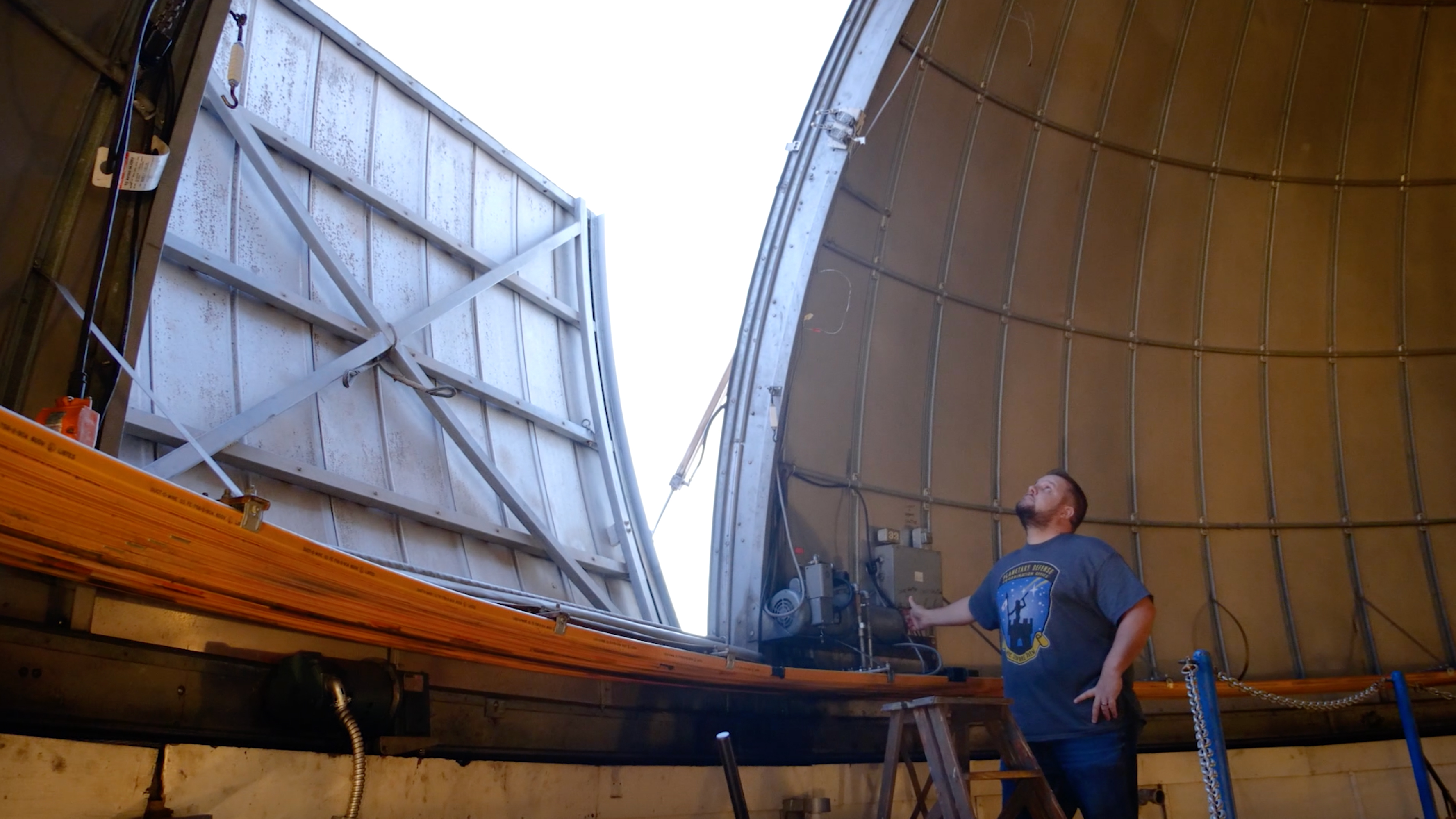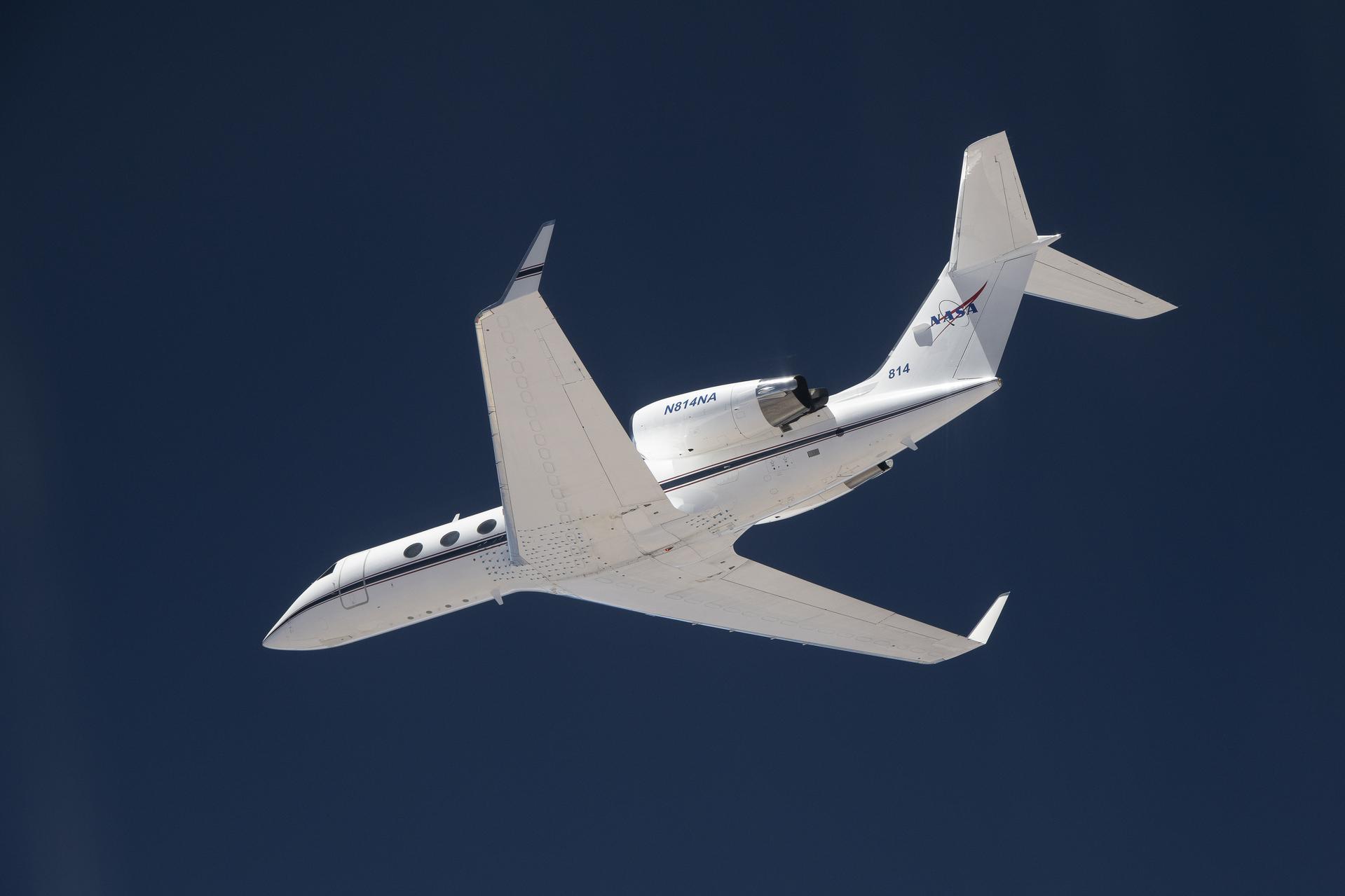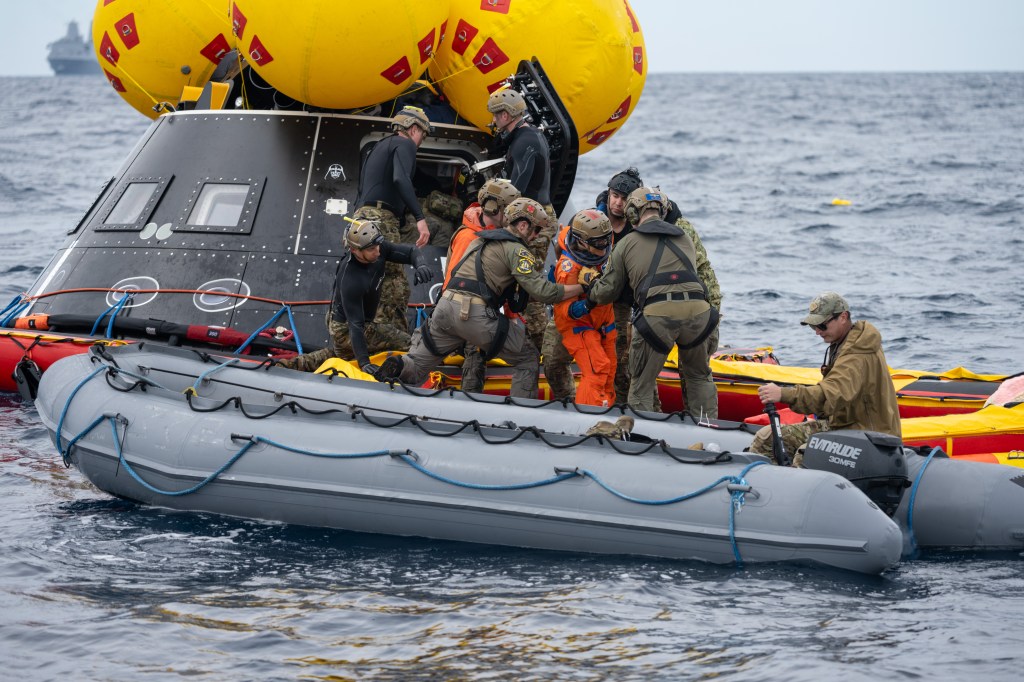
Audience
Educators
Grade Levels
Grades 5-8
Subject
Physical Science, Flight and Aeronautics
Type
Hands-on Activities, Lesson Plans / Activities
This Advanced Air Mobility (AAM) STEM Learning Module brings together a curated list of NASA activities and resources that can be used to explore the STEM principles behind Unmanned Aerial Vehicles (UAVs) and the AAM system. Our intention is to provide a broad range of activities, centered on AAM, which can be embedded in different lessons. Students can engage with the principles of AAM in a variety of ways – including hands-on STEM activities, coding activities, math lessons, and more.
These activities have been designed for students of middle school age. Depending on the students, however, the activities can be used with younger or older students as they are or with minor modifications.
NASA is leading the nation to quickly open this new era in air travel called Advanced Air Mobility, or AAM. The vision of AAM is that of a safe, accessible, automated, and affordable air transportation system for passengers and cargo capable of serving previously hard-to-reach urban and rural locations.
Advanced Air Mobility STEM Learning Module:
SCIENCE AND ENGINEERING
Air Taxi Design Challenge
Students design and build a model of a passenger carrying air taxi.
Determining the Center of Gravity
Students learn methods for determining the centers of gravity for different shapes.
Rubber Band Powered Helicopter Engineering Challenge
Students build, test, and modify a rubber band powered helicopter.
The Science Behind Quadcopters
Students learn the science behind quadcopters and how the forces created are used to control movement. This activity includes several activities that can also be used as standalone activities.
CODING
The coding activities have students use Scratch, a block-based visual programming language available for free, to create AAM related programs.
Attack of the Drones
This coding activity takes students through the process of creating a side scrolling game using Scratch. Additional features can be added to the game to challenge students who are more familiar with coding.
Package Delivery Drone Simulation
In this coding activity, students use Scratch to create a program that simulates a package delivery drone flying to a delivery location, dropping off a package, and returning.
MATHEMATICS
Through real-world scenarios, the activities in this section cover a range of mathematical concepts. Each activity introduces an AAM concept. Prior to completing these activities, having students read through the “What is AAM?” literacy activity below will help familiarize them with the basics of AAM.
Flight Control Math 1 Graphing
Students learn about geofencing through this real-world graphing exercise. Students plot and connect points to form lines and shapes. This activity is available with all points in quadrant 1 or with points in all four quadrants.
Flight Control Math 2 Using the Distance Formula
Students learn about package delivery drones through this real-world math exercise. Students plot points to form lines and determine the distance between these points. This activity is available with all points in quadrant 1 or with points in all four quadrants.
Flight Control Math 3 Using the Distance Formula and Speed Formulas
Students learn about air metro systems through this real-world math exercise. Students plot and connect points representing stations in an air metro system. They then calculate the distance between points and use the speed formula to determine how long it takes to fly between points.
Flight Control Math 4 Using the Pythagorean Theorem
Students learn how wind speed and airspeed combine to determine the groundspeed of aircraft through this real-world exercise. Students use the Pythagorean Theorem to combine two perpendicular speeds into one composite speed.
Flight Control Math 5 Finding the Equation of a Line and the Point of Intersection for Two Lines
Students learn about detect and avoid, a collision avoidance technology, through this real-world math exercise. Given two points, students determine the equation of the line, in slope-intercept format, to describe the movement. They then solve systems of two equations to determine the point of intersection for the lines.
VIDEOS
AAM Virtual Career Day (archived from May 12, 2021)
LITERACY SKILLS
The Science Behind Quadcopters Reader
Students read about the science behind quadcopters and then answer comprehension questions.
Students learn about the safety and etiquette for the use of drones and other small UAVs. They create a safety poster and analyze scenarios to determine the best course of action.
What is AAM?
Students learn about Advanced Air Mobility through this reading comprehension activity. Questions about the reading are included.





























